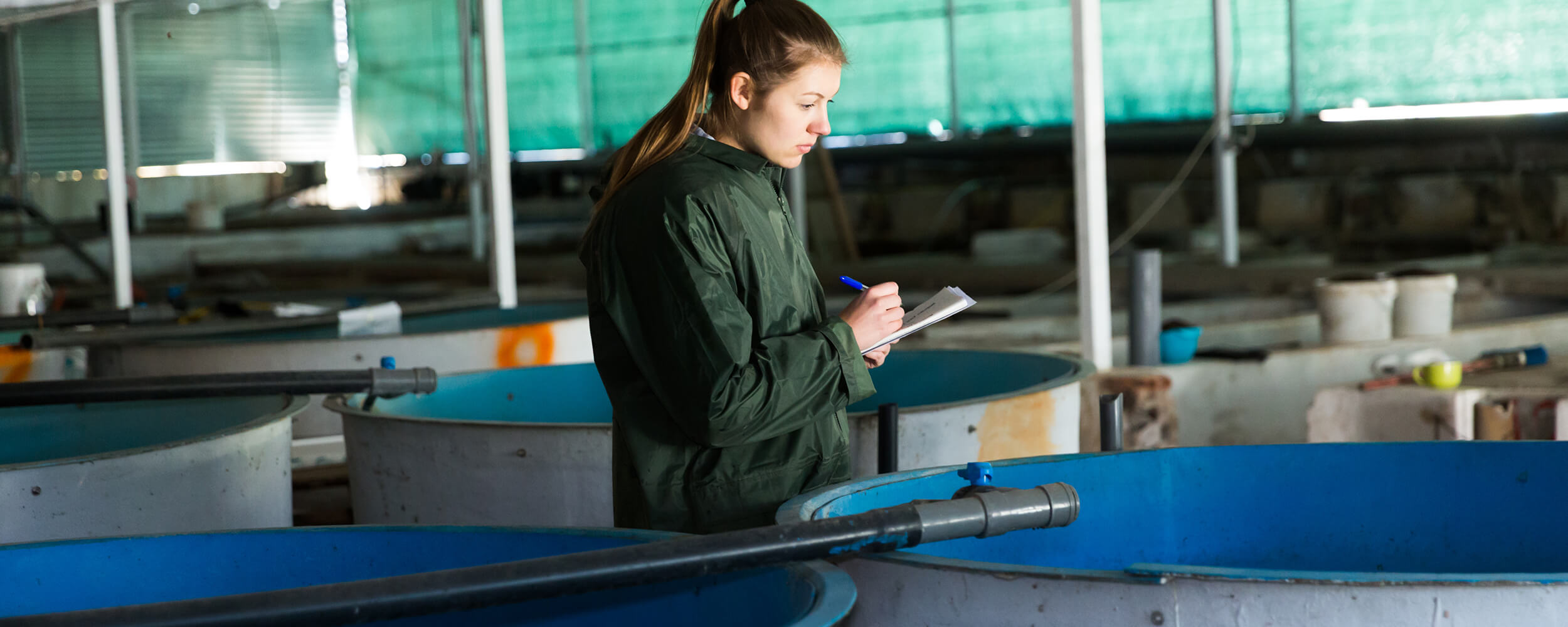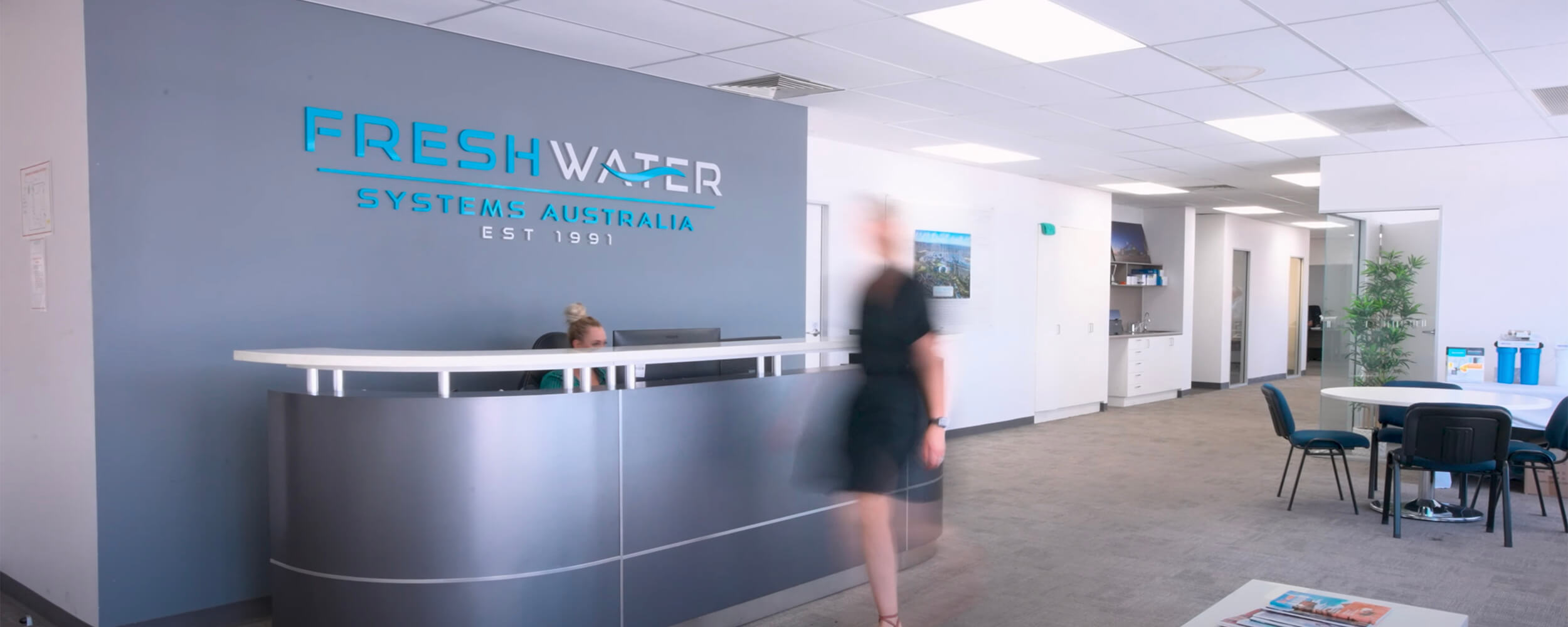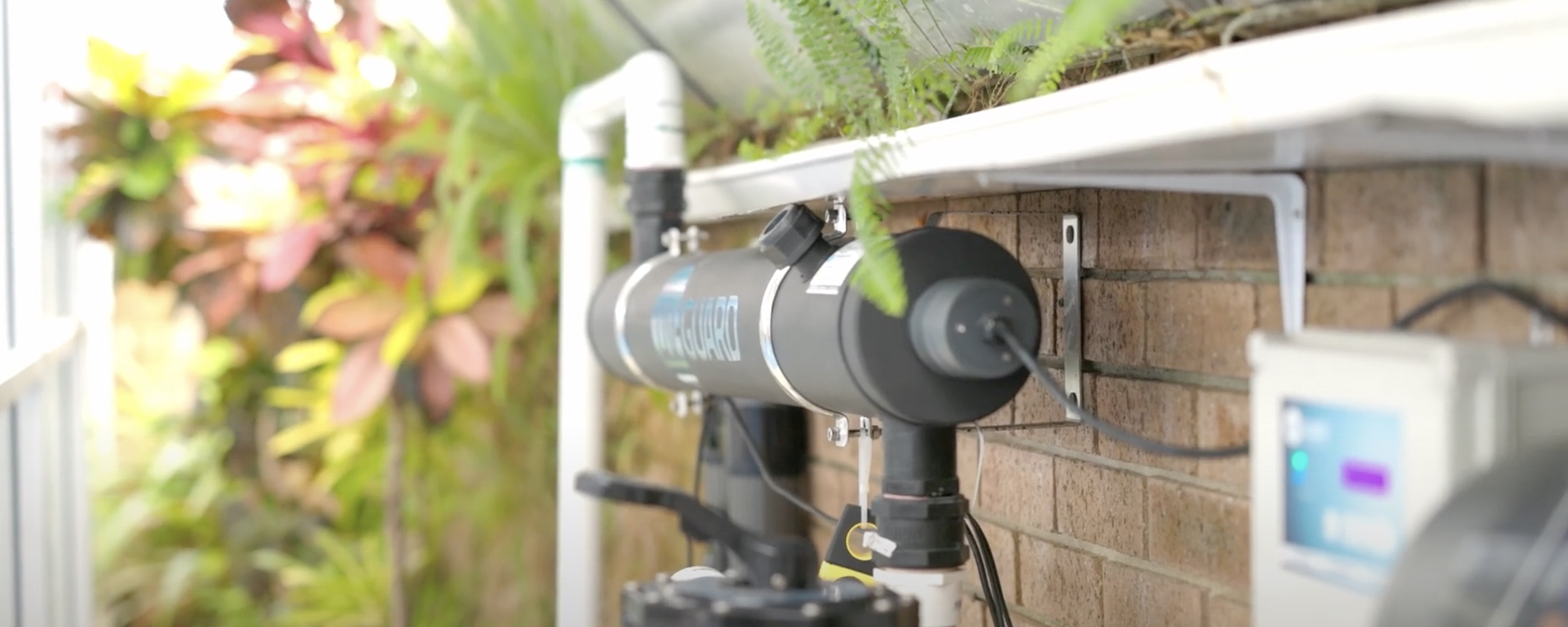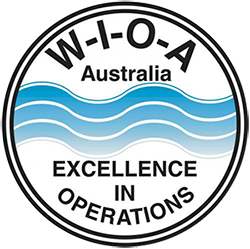Application
Aquaculture research facility in sub-tropical seawater
A large research organisation undertook aquaculture investigations with the aim of achieving the following outcomes for the Australian aquaculture industry:
- improve the management of aquaculture facilities
- reduced the cost of aquaculture
- improve processes for farmers.
They needed reliable UV water treatment systems that would fit with their facility’s unique requirements and manage any microbial risk in the incoming and captured seawater.
UV Requirements
The aquaculture facility had multiple research stations all independently researching different fish species at the same time, and each one of these stations required its own UV system to treat the water entering that specific area. Additionally, all seawater entering the research facility needed to be treated. All UV systems needed to be selected to achieve minimum UV doses to achieve sufficient inactivation of viruses such as white spot.
A requirement for the research organisation was that the UV systems had safety features in place to prevent the operators from being accidentally exposed by UV light.
It was critical that the UV systems were installed and operating within 8 weeks. Additionally, replaceable UV system components needed to be available and delivered to site quickly. Any down time of the UV systems could have proven lethal, potentially jeopardising environmental protection licences or public health.
UV Guard’s Solution
Prior to submitting our recommendations for the project, we visited the research facility to get a closer look at the application and ascertain exactly what was needed for this complex project. We then specified and supplied multiple fit-for-purpose UV systems that enabled the centre to closely monitor water quality and identify ways to prevent the spread of waterborne diseases wreaking havoc on Australia’s marine life.
Multiple models in the P-Series range of systems were provided ranging in flow capacities of 2 m3/hr to 300 m3/hr. The P-Series was selected due to its ability to provide comprehensive seawater UV disinfection in corrosive environments.
As per the requirement of the research organisation, each P-Series system was equipped with our patented UV Lamp interlocking system to prevent operators on site from being exposed to UV light accidentally.
The Results
Despite the project still being in its infancy, our UV systems have already generated impressive results. The Operations Manager at the research centre was delighted to report an immediate improvement in water quality as well as seeing visible disease control benefits too.
‘When the first larger UV system was installed, some of the issues pertaining to disease on-site had reduced dramatically,’ he said.
If you have an aquaculture water treatment enquiry that you need assistance with, contact UV Guard today.
Freshwater Systems Australia Case Study – UV Guard
Discover how Freshwater Systems Australia and UV Guard's strategic partnership drives success in delivering water treatment solutions across healthcare, pharmaceutical, and domestic industries. Learn about our collective technical expertise, and commitment to meeting stringent water quality guidelines.
Stopping the spread of viruses in aquaculture research facility
The aquaculture facility had multiple research stations all independently researching different fish species at the same time, and each one of these stations required its own UV system to treat the water entering that specific area. Additionally, all seawater entering the research facility needed to be treated. All UV systems needed to be selected to achieve minimum UV doses to achieve sufficient inactivation of viruses such as white spot.
Get in touch
This website has lots about us.
But it’s your needs that matter most.
Let’s talk.
Newsletter
Stay up-to-date with our very latest news, technology, offers and events.










